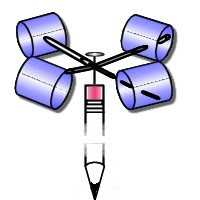The promise
For the last two weeks for reading we started reading a book called the promise our activity was to write down in our books the key points here are the key points in the story
Characters: Zadie, Nick, Noah, Emma and Asafo
Bunker: Been inside for at least 2 weeks
Bunker: Locked, grey, broken, dull
Supplies: Running out and at least lasts 10 days
Their fears: Dying, Poisoned air and explosions


